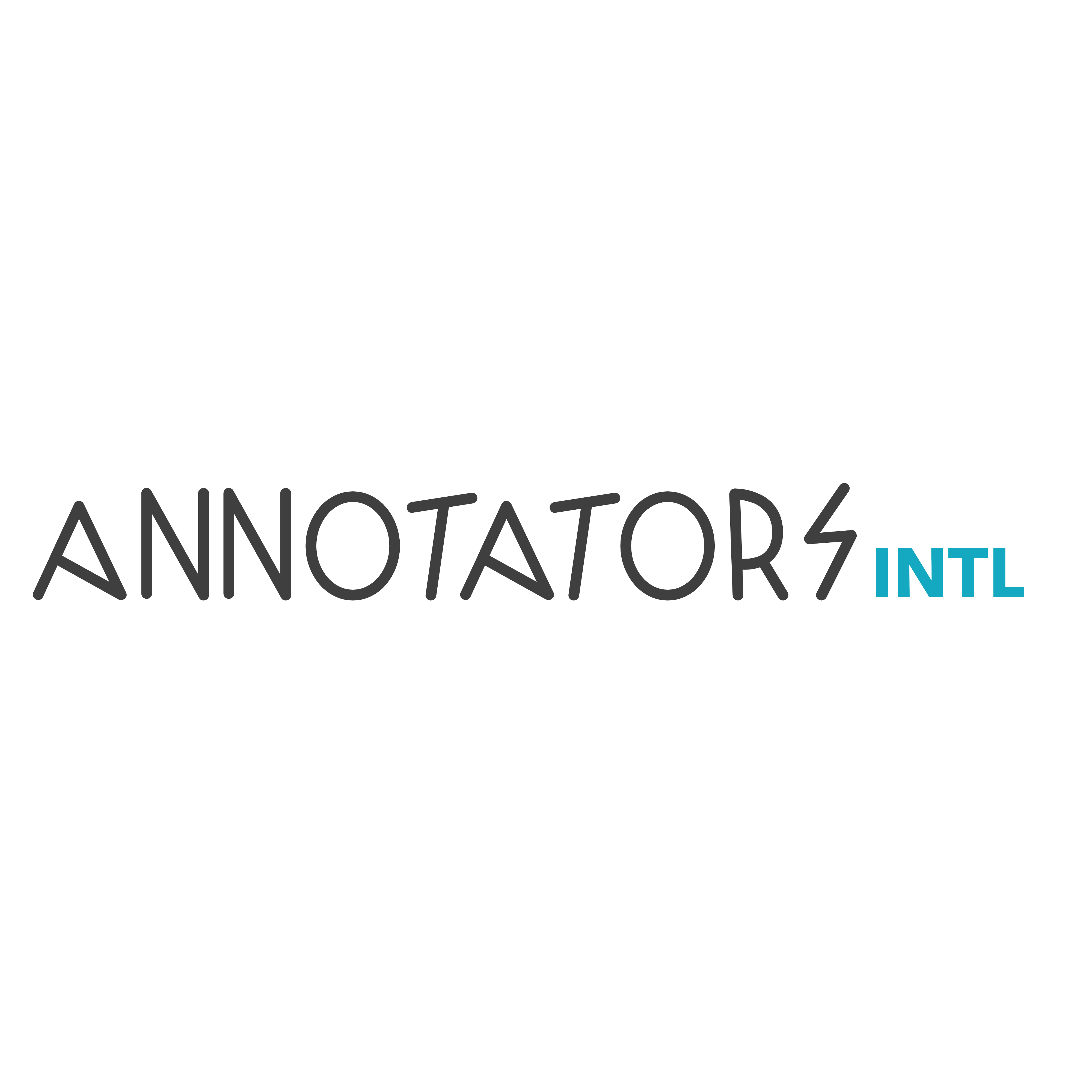Chatbot & VA Annotation
![]()
Chatbot annotation, also known as chatbot training data annotation, is the process of labeling and categorizing conversational data to train and improve the performance of chatbots and virtual assistants.
Chatbots use this annotated data to understand user inputs, generate appropriate responses, and provide a more natural and accurate conversational experience. Chatbot annotation involves several key aspects.
Intent Labeling
In a chatbot annotation task, annotators label user messages with specific intents. An intent represents the user's intention or purpose in the conversation.
For example, if a user asks, "What's the weather like today?" the intent might be labeled as "Weather Inquiry."
Entity Recognition
In addition to intents, chatbot annotation often includes the identification of entities or specific pieces of information within user messages.
For instance, in the query "Tell me the temperature in New York," "New York" might be labeled as a location entity.
Dialogue Flow
Annotators also work on marking the flow of conversation, including recognizing user messages, system responses, and how they relate to each other.
This helps the chatbot understand the context and maintain coherent interactions.
Sentiment Analysis
Some chatbot annotation tasks involve annotating the sentiment expressed in user messages, helping the chatbot respond with an appropriate tone or emotional understanding.
Utterance Variations:
Annotators create variations of user queries to ensure the chatbot can respond effectively to different ways users might phrase the same request.
Multi-turn Conversations
In more complex chatbot applications, annotators label entire multi-turn conversations to train chatbots to understand and maintain context over several interactions.
Chatbot annotation is a critical step in the development and training of chatbot models.
High-quality annotated data is essential for building accurate and robust chatbots that can understand user inputs, provide relevant responses, and maintain coherent conversations.
Annotations are often used in supervised machine learning approaches to train chatbot models, allowing them to generalize from the annotated data to handle a wide range of user interactions effectively.
